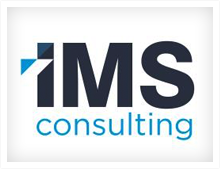
by CJ | Jun 23, 2025 | Services
Why You Should Start Every FM Software Project with a Needs Assessment Thinking about upgrading your facilities or workplace software? Before you dive into demos or product comparisons, there’s one essential step that often gets overlooked: a needs assessment. At IMS...

by CJ | Jun 2, 2025 | IWMS
The Power of Data-Driven Decision Making in Facilities Management In today’s fast-paced and resource-conscious environment, facilities leaders are under increasing pressure to maximize efficiency, reduce costs, and improve the employee experience. To meet these...

by CJ | Mar 17, 2025 | ESRI
How Esri GIS is Revolutionizing Facility Management In today’s rapidly evolving world, facility management is more than just maintaining buildings and infrastructure. It’s about optimizing space, improving operational efficiency, and ensuring the safety and comfort of...

by CJ | Feb 10, 2025 | Archibus
Why Archibus is Essential for Higher Education Facility Management Managing facilities in higher education is a complex task, requiring seamless coordination of space allocation, maintenance, compliance, and sustainability efforts. Universities and colleges must...

by CJ | Jan 27, 2025 | ServiceNow
Integrating IoT with ServiceNow Workplace Service Delivery In today’s fast-paced business environment, maximizing workplace efficiency is essential. With the rise of hybrid and flexible workspaces, companies need smarter solutions that improve productivity and...








